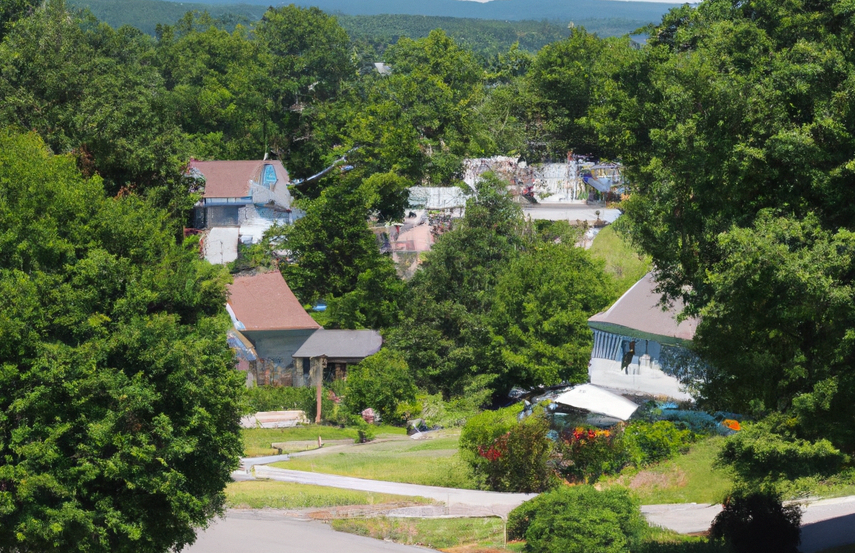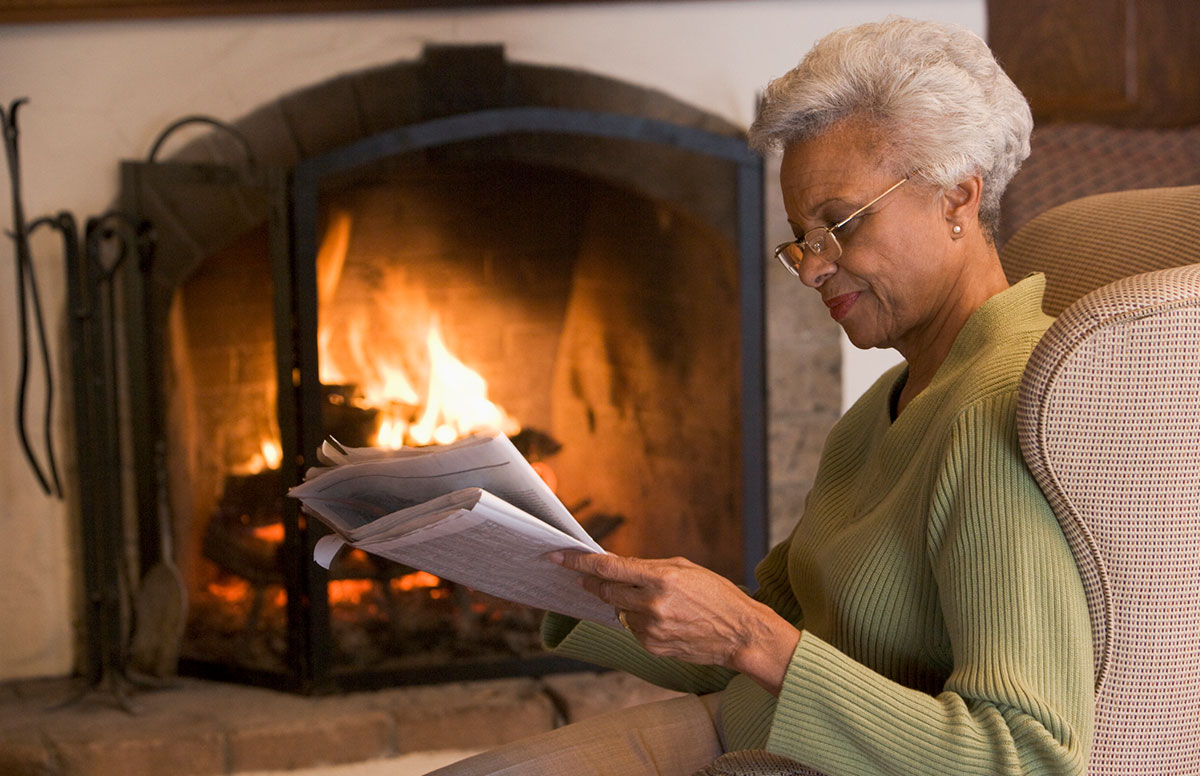HUD Releases Final NSPIRE Inspection Standards
The Department of Housing and Urban Development (HUD) announced and shared the final Inspection Standards for its new inspection protocol, the National Standards for the Physical Inspection of Real Estate (NSPIRE) on June 15. The final NSPIRE Inspection Standards will be published soon in the Federal Register.
LeadingAge has worked with HUD for years as it developed NSPIRE, which will be implemented on July 1 for the public housing and voucher programs and on October 1 for multifamily programs, including Section 8 Project-Based Rental Assistance and Section 202 Supportive Housing for the Elderly.
The June 15 Inspection Standards are one of three subordinate notices to the May 11, 2023, NSPIRE final rule; the other two, one on Scoring and one an Administrative notice, are forthcoming.
The June 15 NSPIRE final Inspection Standards represent HUD’s years-long effort to consolidate and align housing quality requirements and associated inspection Standards across programs. LeadingAge has commented to HUD at every step of NSPIRE’s development. After developing and testing draft Standards and receiving public comment on prior versions of the Standards, HUD’s June 15 final NSPIRE physical Inspection Standards accompany HUD’s May 11 final rule.
The NSPIRE Standards were tested during the NSPIRE Demonstration, in which many LeadingAge members participated, and were opened for public comment on June 17, 2022; see LeadingAge’s comments on those proposed Standards here.
According to HUD, the final Inspection Standards reflect HUD consideration of feedback it received and additional testing in the field during the NSPIRE Demonstration. Compared to the June 17, 2022, proposed Inspection Standards, HUD says these are the major changes reflected in the final Inspection Standards:
- Addressing life-threatening and severe deficiencies within 24 hours. All other deficiencies must be addressed within 60 days or a reasonable period.
- Making the Smoke Alarm Standard consistent with the National Fire Protection Association (NFPA) Standard 72.
- Creating a Fire Door Standard detailing the specific function, operability and structural integrity requirements for fire doors.
- Requiring carbon monoxide alarms to be installed in compliance with the 2018 International Fire Code.
- Setting minimum temperature requirements during the colder months and requiring a permanent heating source.
- Including criteria for when guardrails and handrails are required.
- Establishing infestation deficiencies based on discrete levels of observations with clarification on citable pests.
- Developing deficiencies based on observed mold conditions or elevated moisture levels measured using a moisture meter.
- Including a deficiency for an enhanced visual assessment for deteriorated paint in units where children under 6 years of age reside to document potential lead-based paint hazards. Specifying Ground-Fault Circuit Interrupter (GFCI) protection as a requirement.
- Including affirmative habitability requirements for bathrooms, kitchens, and other rooms utilized by residents.
LeadingAge continues to assess these final Inspection Standards and will provide additional information as necessary.
The June 15 notice of NSPIRE Inspection Standards also provides a list of life-threatening conditions and incorporates them into the NSPIRE inspection Standards.
In addition to the NSPIRE Standards themselves, there have also been revisions to the Health and Safety category titles and those revisions are as follows: 1. The “Severe Non-Life-Threatening” category is now titled “Severe”; 2. The “Standard” category is now titled “Moderate”; and 3. The “N/A” or “Advisory” category is now titled “Low”.
The final Inspection Standards also includes changes in the presentation of information with the Standards. For each inspection Standard, the definition, location, deficiency, deficiency criteria, health and safety determination, and correction timeframe have been listed. Further, HUD believes that housing standards must focus on habitability and the health and safety of residents. Each NSPIRE Standard contains “rationales,” or the reason the requirement is necessary. Rationales describe the potential harm that may result from a given deficiency if left uncorrected. Generally, rationales include the health, safety, and/or major functional or habitability issue, and illustrate why detection and remediation of the deficiency is critical to housing quality.
The final NSPIRE Inspection Standards are available here.

Most Recommended
November 08, 2024
 HOTMA: New Rules for Housing
HOTMA: New Rules for Housing
November 06, 2024
 Colleagues on the Move, November 6, 2024
Colleagues on the Move, November 6, 2024
November 06, 2024
 Analysis: What Does the Final CY2025 Home Health Rule Include?
Analysis: What Does the Final CY2025 Home Health Rule Include?
October 29, 2024
Katie Smith Sloan Urges Members to Build a Movement, Take Action
Recently Added
December 13, 2024
CAST Members in the News
December 13, 2024
a2 Pilot Awards Open for AI-based Healthy Aging Projects
December 13, 2024
HUD Finalizes 30-Day Eviction Notification Rule
December 12, 2024



